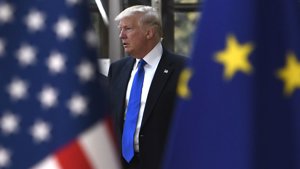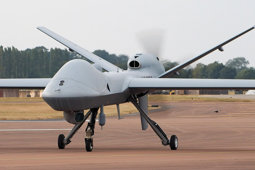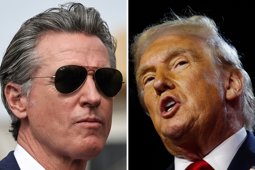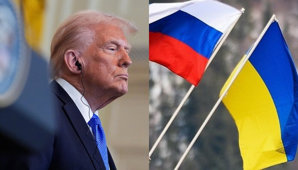
Trump’s Golden Dome Defense Advances
Trump’s next-gen missile defense plan accelerates as GOP launches Golden Dome Caucus to counter foreign threats.
Republicans Rally Behind National Missile Defense Initiative
President Donald Trump’s Golden Dome missile defense project is gaining significant political traction as Republican lawmakers move to formalize support for the initiative. The House Golden Dome Caucus was launched this week by Rep. Jeff Crank of Colorado and Rep. Dale Strong of Alabama to serve as an educational and strategic hub for members of Congress aligned with Trump’s vision.
“Golden Dome will only be successful if we meet President Trump’s timeline,” Crank stated in a release Tuesday. “This means that it is imperative that we, members and stakeholders, are well informed and working together to revolutionize missile defense of our great nation.”
The House caucus joins a parallel group in the Senate founded last month by Sen. Tim Sheehy of Montana. Both groups aim to accelerate legislative and budgetary support for a comprehensive national defense shield inspired in part by Israel’s Iron Dome system.
Rep. Dale Strong emphasized the urgent need for the system amid growing threats from nuclear-capable adversaries. “President Trump has artfully highlighted the critical need for a next-generation missile defense shield to protect the U.S. against ballistic, hypersonic, advanced cruise missiles and other aerial attacks,” he said. “With nuclear-capable adversaries across the globe, we can’t afford for this vision to not become a reality.”
Trump’s Vision: Modernizing National Security
The Golden Dome concept was formally unveiled in May following an executive order signed by Trump in January. The plan calls for a nationwide shield that integrates advanced sensors, interceptors, and command systems to counter evolving threats from China, Russia, and North Korea.
Defense Secretary Pete Hegseth outlined the rationale during a May 20 statement, citing decades of advancement in missile technology by America’s adversaries. “Within the last four decades, our adversaries have developed more advanced and lethal long-range weapons than ever before,” he said. “Golden Dome is designed to leverage some past investments but will also use next-generation technology to defend against the evolving and complex threat landscape.”
The initiative recalls the Strategic Defense Initiative (SDI) launched by President Ronald Reagan in 1983, though Trump’s Golden Dome emphasizes both modernization and immediate deployment capability. The starting projected cost stands at $175 billion, with $25 billion included in the proposed reconciliation bill currently under congressional review. Some estimates suggest the final price tag could climb even higher.
“This is very important for the success and even survival of our country. It’s an evil world out there,” Trump said in May during an Oval Office event dedicated to the project.
While the Golden Dome has earned strong domestic support, it has drawn criticism abroad. China’s Foreign Ministry has warned that the plan could fuel a space arms race and disrupt global security. “The project will heighten the risk of turning space into a war zone and creating a space arms race and shake the international security and arms control system,” said spokesperson Mao Ning.
Despite international concerns, the Trump administration and congressional Republicans appear committed to advancing the Golden Dome, framing it as a crucial investment in the nation’s defense posture for decades to come.






